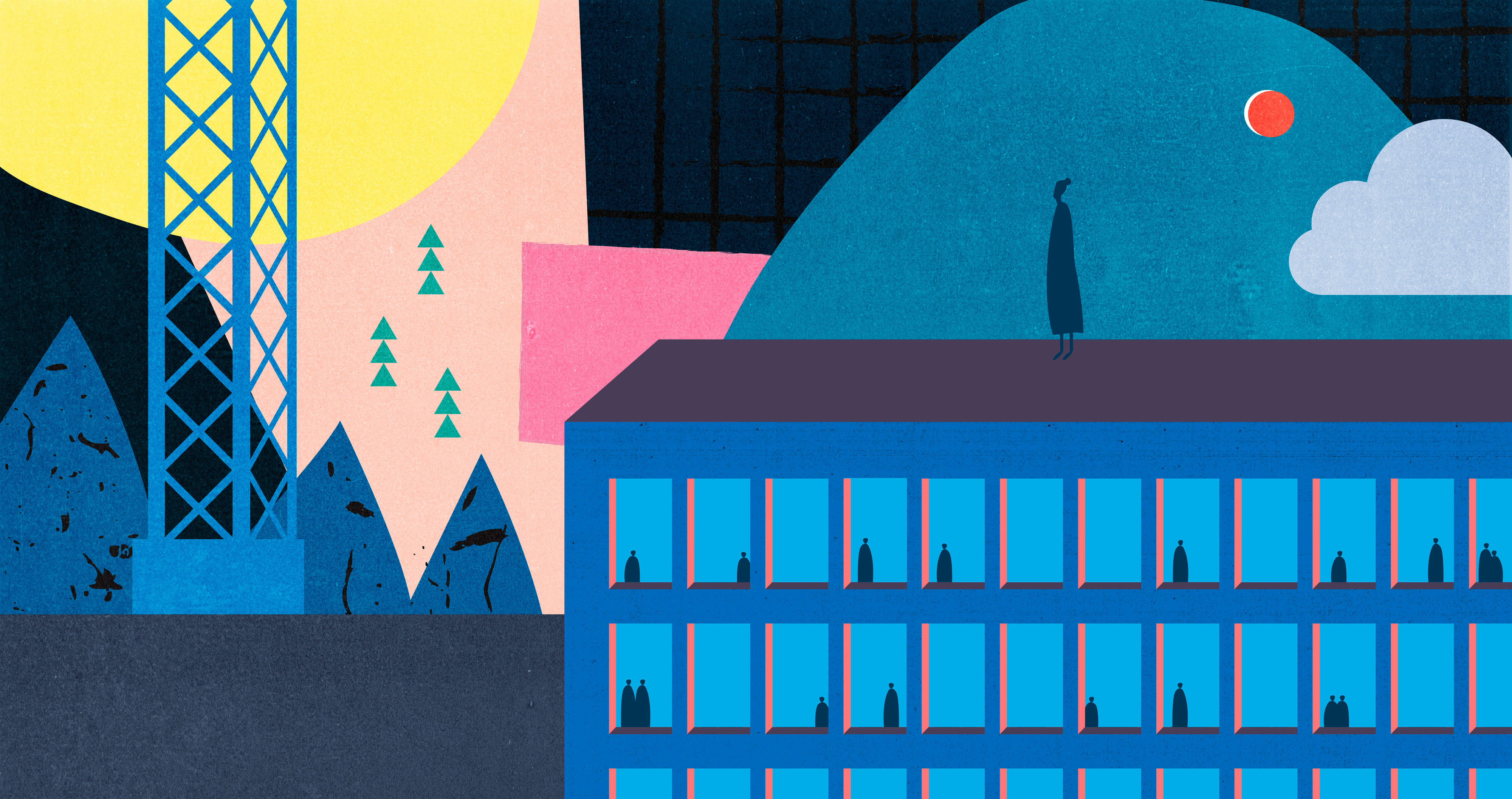The Food System Can’t Survive Crisis, but a Better System Can Be Built

With hotels and schools closed, farmers are destroying millions of pounds of produce they can’t sell. Despite this waste, the number of people with food insecurity could rise from 130 million to nearly 300 million due to COVID-19. This estimate doesn’t address the millions whose means of making a living have evaporated. These challenges, while exacerbated by COVID-19, existed long before.
Many say the food system is broken. But the problems that people, the economy, and the environment suffer as a consequence of the system aren’t so much a sign that it’s broken as that it wasn’t designed to generate good outcomes for the world we live in today. We shouldn’t try to fix the existing system but rather design new structures that nourish us.
Design unites what is necessary and desirable from a human point of view with what is technologically feasible, economically viable, and environmentally regenerative. We live in a world of intertwined, inequitable systems—food, education, health, and more—where the problems are dynamic, multifaceted, and inherently human.
By designing for adaptability, trust, dignity, and agency, we can build a more resilient food system.

Designing for Adaptability and Trust
Today’s system was designed for efficiency: We’ve built machines to harvest rows of a single crop, consolidated farms and processing facilities to achieve economies of scale, and established highly specialized supply chains.
COVID-19 has revealed that this efficient system is rigid—it can’t adapt to new conditions. People are trying to help: Grocers are buying produce from farmers and donating it to food banks, and restaurants are repackaging their bulk purchases into household meal kits. But it’s not sustainable to purchase extra food to donate or convert 50-pound bags of onions into smaller one-pound bags.
An adaptable system requires many changes, from digitization of operating systems, to more transparent data sharing, to improved distribution of food to where it’s most needed. Investment in processing and logistics infrastructure closer to farms is key, thus designing redundancy back into our highly consolidated system.
There’s also value in examining what makes the current system work and carrying these elements into a new structure. One positive enabler of today’s efficiencies is the network of trusting relationships that farmers have built over time.
Due to COVID-19 and other factors, it’s impossible to build new relationships in person. Farmers can’t travel to meet buyers. Instead, building on existing trust, farmers need innovative ways to establish new partnerships rapidly. Farm2People is helping farmers and fighting hunger by designing for adaptability and trust. The platform enables produce to be directed toward those who need it by connecting farmers to buyers and donation recipients.
- How might we design for trust in a contactless world?
- How might we look to circular economy models to rethink the supply chain?
- How might we apply technology to rapidly build relationships?

Designing for Dignity and Agency
The system’s resilience depends on the resiliency of those who power it. The essential workers who make the food system run are at the greatest risk of illness and the lowest paid. Many are people of color. Society’s racist systems—including the food system—have marginalized Black, Indigenous and people of color and left them more susceptible to the health and economic challenges of COVID-19.
The pandemic demonstrates how essential these individuals are and how tenuous their livelihoods are. Given the nature of their work, it’s impractical for farmers to maintain the social distance necessary to protect themselves, and for some employers, personal protective equipment is too expensive to provide.
Solutions have been swift and well-intentioned but short-term. Some restaurants created campaigns raising money to cover employee costs, and Portugal extended temporary residency to migrant farmers so they can access health care. Workers will need employment that can withstand advancing technologies, like automation, which will require training in a new set of skills. This is not just a food crisis but an education crisis. The interlinked nature of our systems means that solutions must have broad scopes and address multiple factors to be sustainable.
We have an opportunity to design for dignity and agency.
- How might leaders share the responsibility for worker livelihoods?
- How might we empower workers by having them design solutions for what they face?
- How might leaders help the industry become one of continuous learning to enable professional resilience?
No one knows what will happen. But as today’s system demonstrates, we know our actions will have impact for years to come. By designing for adaptability, trust, dignity, and agency, we can build a more resilient food system.
This essay first appeared in the Milken Institute’s Power of Ideas collection focused on building and rebuilding lives in the face of the COVID-19 pandemic. The essay series features insights from thought leaders across industries.
Words and art



Subscribe

.svg)









